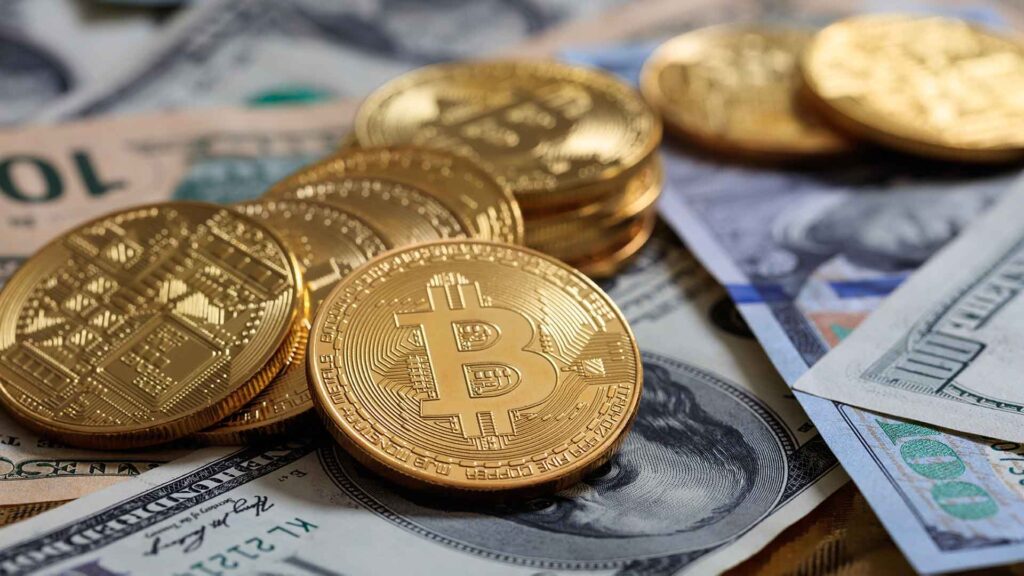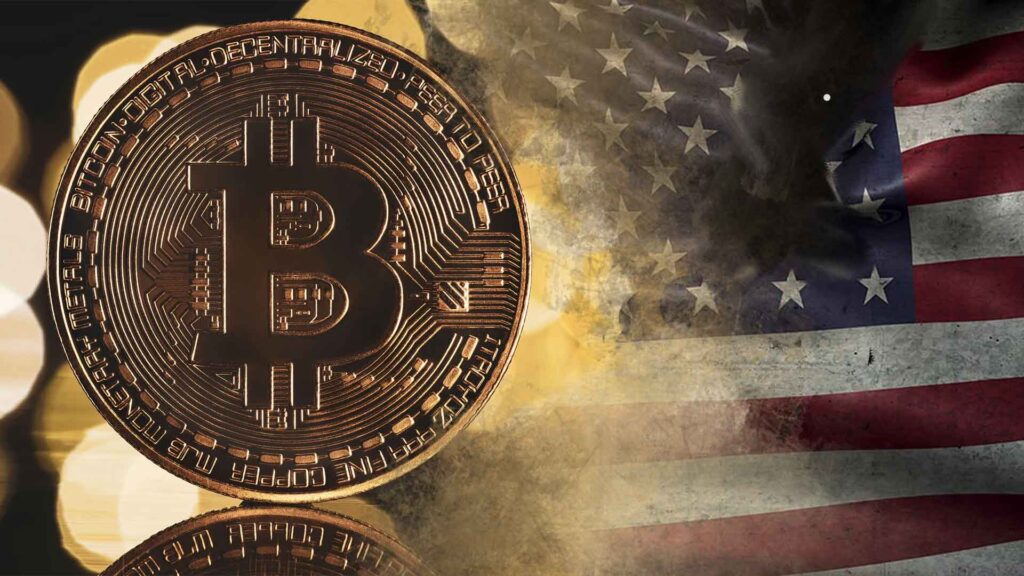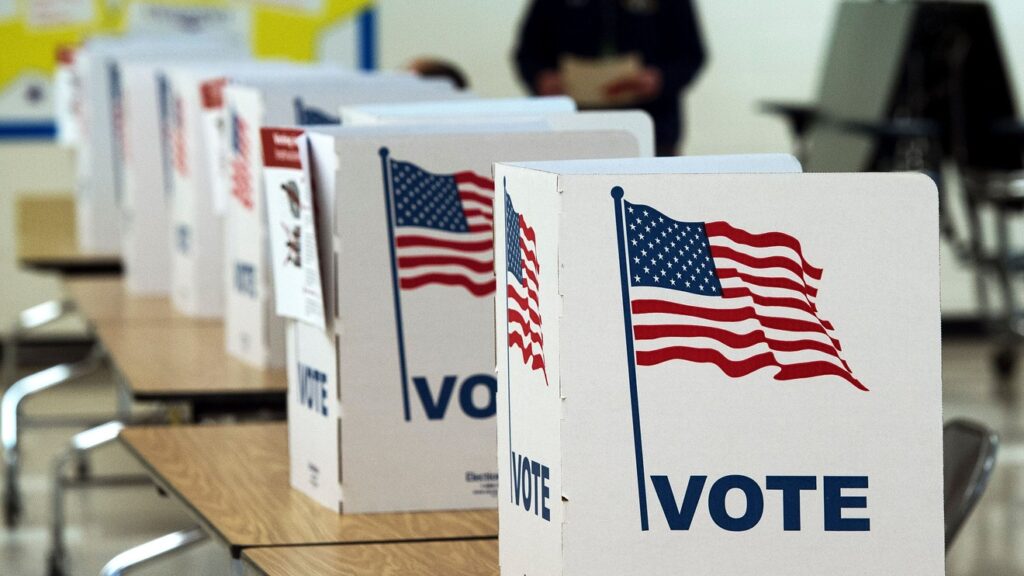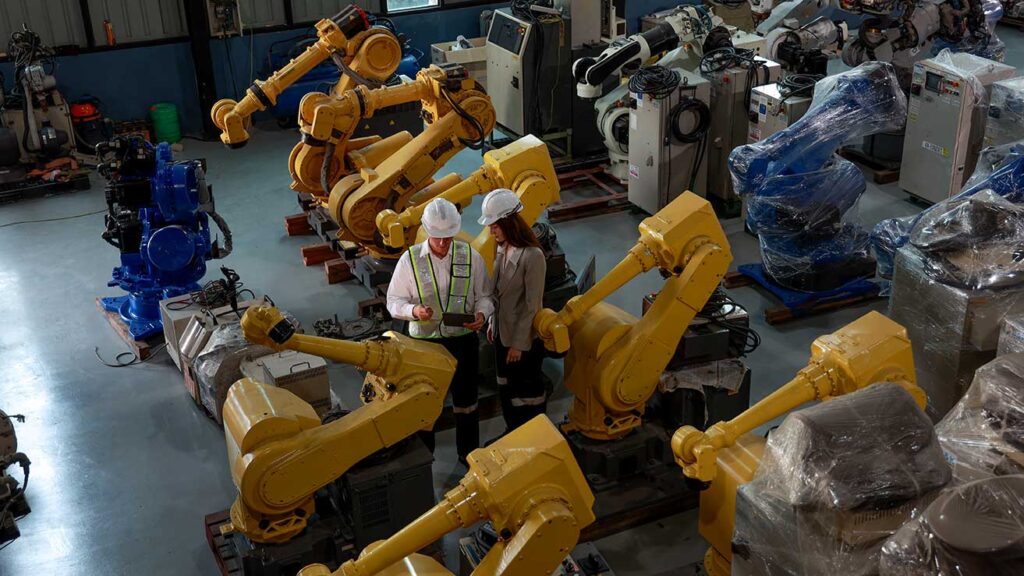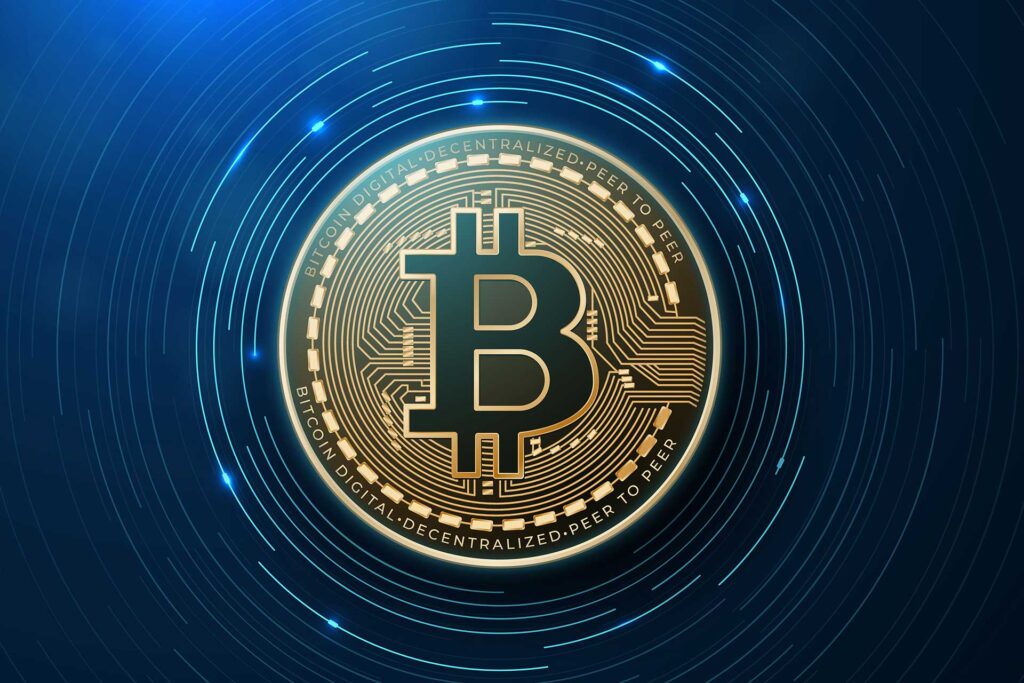Is Bitcoin a Safe Place to Face the US Debt Crisis? Middle Class in Risk, Is the US Dollar Losing Its Influence, and How It Affects the Middle Class
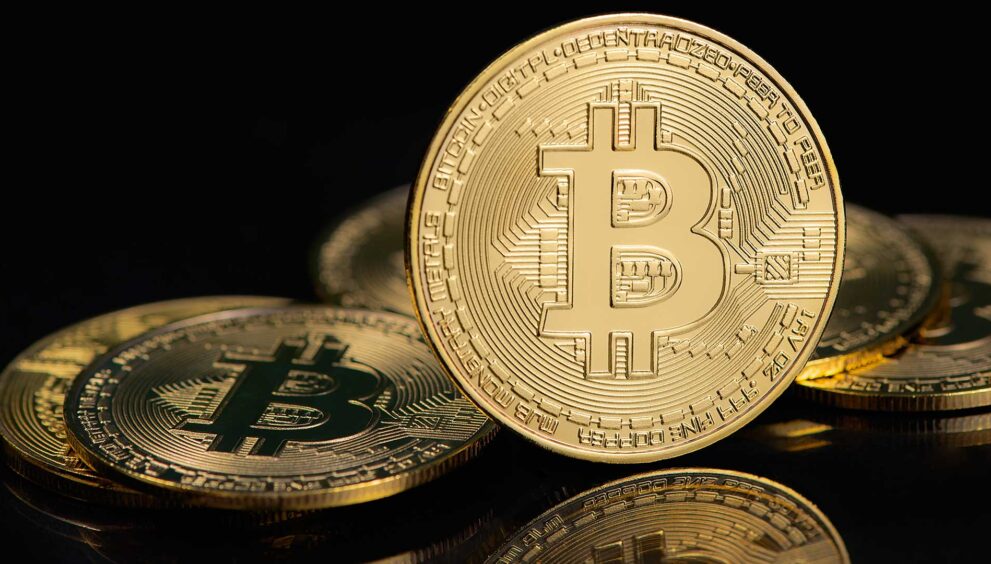
The US national debt has surpassed $33 trillion, raising concerns about the country’s economic stability. Meanwhile, Bitcoin has seen a surge in interest, with its value increasing by over 300% in the past year. This article explores Bitcoin’s potential as a safe haven during the US debt crisis, the risks faced by the middle class, the declining influence of the US Dollar, and the overall impact on the middle class.
The US Debt Crisis and Its Implications
Overview of the Debt Crisis: The US debt has reached unprecedented levels, with the national debt exceeding $33 trillion. This massive debt is a result of years of budget deficits, increased government spending, and economic policies aimed at stimulating growth. Recent developments, such as the COVID-19 pandemic, have further exacerbated the situation, leading to increased borrowing and spending.
Economic Consequences: The potential outcomes of the debt crisis are concerning. High levels of debt can lead to inflation, as the government may print more money to service its debt. Increased interest rates are another consequence, as lenders demand higher returns for the increased risk. Economic instability can result from these factors, leading to reduced investor confidence and potential recessions.
The US Debt Crisis and Its Implications
Overview of the Debt Crisis: The US debt has reached unprecedented levels, with the national debt exceeding $33 trillion. This massive debt is a result of years of budget deficits, increased government spending, and economic policies aimed at stimulating growth. Recent developments, such as the COVID-19 pandemic, have further exacerbated the situation, leading to increased borrowing and spending.
Economic Consequences: The potential outcomes of the debt crisis are concerning. High levels of debt can lead to inflation, as the government may print more money to service its debt. Increased interest rates are another consequence, as lenders demand higher returns for the increased risk. Economic instability can result from these factors, leading to reduced investor confidence and potential recessions.
Bitcoin as a Safe Haven
Bitcoin’s Characteristics: Bitcoin is a decentralized digital currency that operates on a peer-to-peer network. It has a limited supply of 21 million coins, making it immune to inflationary pressures that affect fiat currencies. Historically, Bitcoin has shown resilience during economic downturns, often being referred to as “digital gold.”
Arguments For Bitcoin: Proponents argue that Bitcoin is a hedge against economic instability. Its decentralized nature means it is not controlled by any government or central bank, making it less susceptible to political and economic turmoil. Additionally, Bitcoin’s limited supply ensures that it cannot be devalued by inflation, providing a store of value during times of crisis.
Arguments Against Bitcoin: Critics highlight several risks associated with Bitcoin. Its price volatility is a significant concern, as the value of Bitcoin can fluctuate wildly within short periods. Regulatory uncertainty also poses a risk, as governments around the world grapple with how to regulate cryptocurrencies. Furthermore, Bitcoin’s lack of widespread adoption as a stable currency limits its utility as a safe haven.
The Middle Class at Risk
Economic Pressures: Economic instability and inflation disproportionately affect the middle class. Rising prices for goods and services erode purchasing power, making it harder for middle-class families to maintain their standard of living. Additionally, economic uncertainty can lead to job losses and reduced income, further straining middle-class households.
Income and Savings Erosion: Stagnant wages combined with rising costs result in the erosion of income and savings for the middle class. As inflation increases, the value of savings diminishes, making it harder for families to save for the future. This erosion of financial security can have long-term impacts on the middle class’s ability to achieve financial stability.
Investment Strategies: To protect their assets, the middle class may need to explore alternative investment strategies. Bitcoin presents one such option, offering potential protection against inflation and economic instability. However, it is essential to consider the risks and volatility associated with Bitcoin before making investment decisions.
The Declining Influence of the US Dollar
Global Currency Shifts: Several factors contribute to the declining influence of the US Dollar. Geopolitical tensions, such as trade wars and international conflicts, can undermine confidence in the dollar. Additionally, the rise of alternative currencies, including cryptocurrencies and other national currencies, challenges the dollar’s dominance in global trade.
Impact on Global Trade: A weaker dollar affects global trade by making US exports cheaper and imports more expensive. While this can benefit US exporters, it can also lead to higher costs for imported goods, contributing to inflation. The overall impact on the US economy can be mixed, with potential benefits for some sectors and challenges for others.
Middle Class Impact: The middle class is particularly vulnerable to these shifts. Higher import costs can lead to increased prices for everyday goods, further straining household budgets. Reduced economic stability can also result in job losses and decreased income, exacerbating the financial challenges faced by the middle class.
Case Studies and Expert Opinions
Real-World Examples: Several countries have turned to Bitcoin during economic crises. For example, in Venezuela, hyperinflation led many citizens to adopt Bitcoin as a means of preserving their wealth. Similarly, in Argentina, economic instability has driven interest in cryptocurrencies as an alternative to the national currency.
Expert Insights: Financial experts have varying opinions on Bitcoin’s role in the current economic climate. Some view it as a viable hedge against economic instability, while others caution against its volatility and regulatory risks. Overall, the consensus is that Bitcoin has the potential to play a role in diversifying investment portfolios, but it should be approached with caution.
Conclusion
Summary: This article has explored the US debt crisis, Bitcoin’s potential as a safe haven, the risks to the middle class, and the declining influence of the US Dollar. While Bitcoin offers some advantages as a hedge against economic instability, it also comes with significant risks.
Future Outlook: The future of Bitcoin and its potential to reshape the global economy remains uncertain. As cryptocurrencies continue to evolve, their role in the financial system will likely become more defined. However, it is crucial for investors to stay informed and consider the risks and benefits before investing in Bitcoin or other cryptocurrencies.


 English
English 


